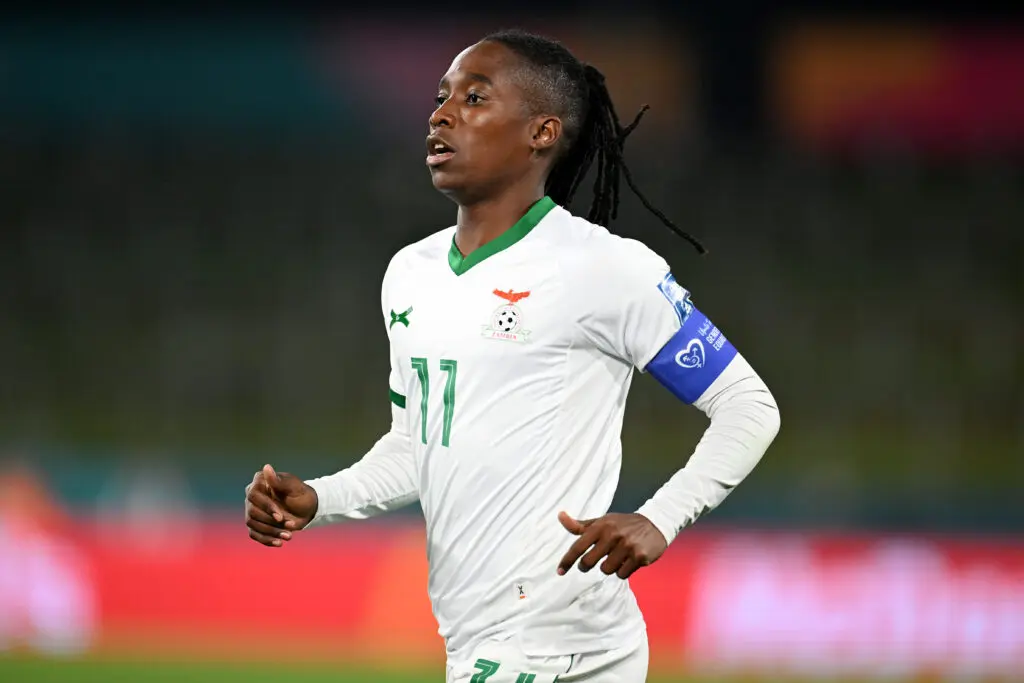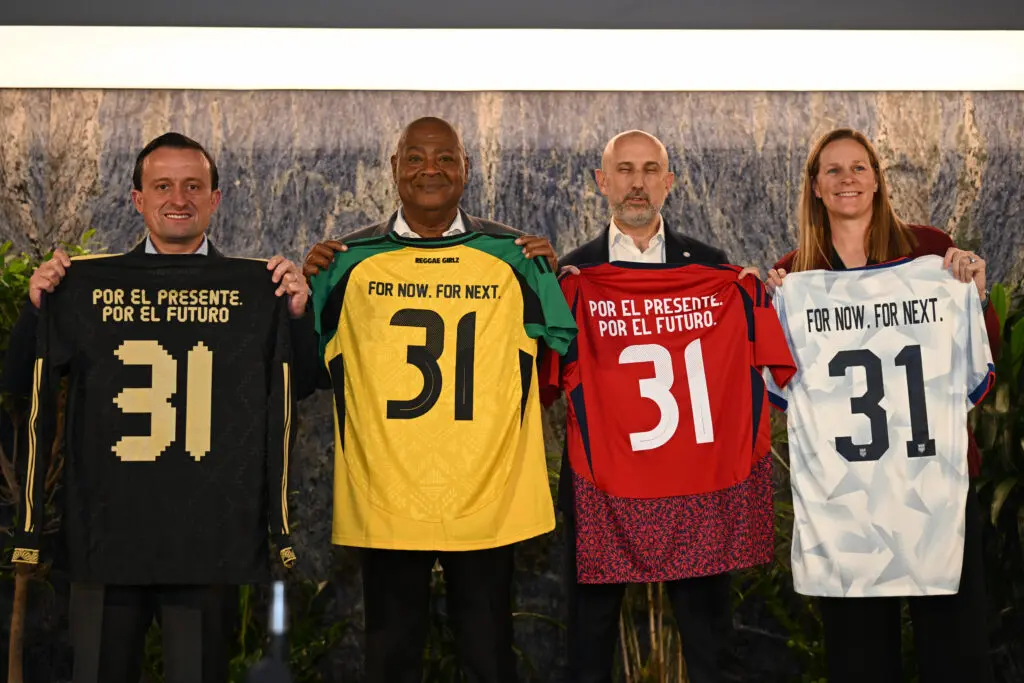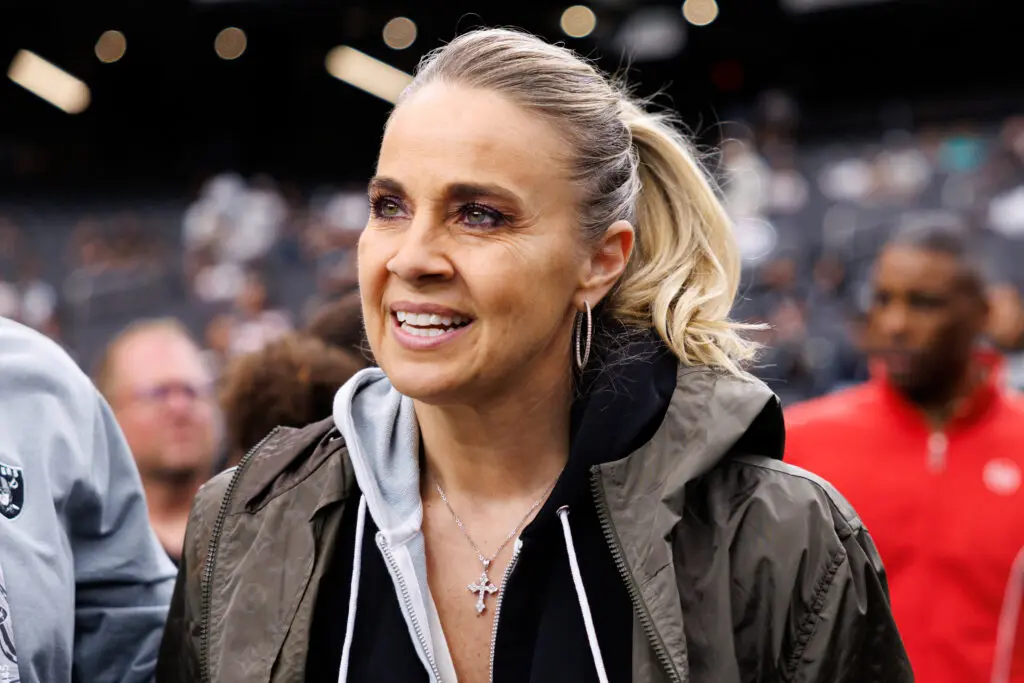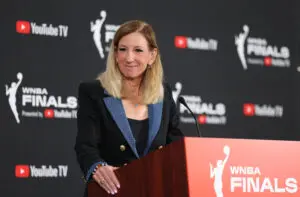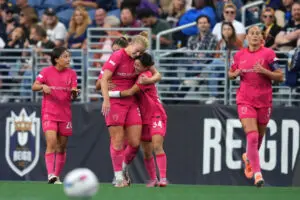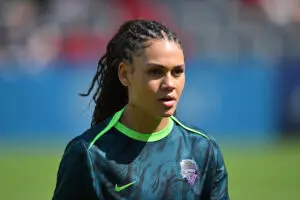The U.S. women’s and men’s national soccer team have closed the pay gap between the sides with new labor deals announced Wednesday.
With the landmark collective bargaining agreements, the United States becomes the first country to achieve equal pay for its men’s and women’s soccer teams, according to the U.S. Soccer Federation. Both agreements run through 2028.
Notably, the deals stipulates equal FIFA World Cup prize money for the women’s and men’s teams. Both teams will pool their World Cup bonuses and split them evenly, helping to bring balance to FIFA’s still gender-imbalanced payouts.
U.S. Soccer president Cindy Parlow Cone advocated for such a split when speaking with Just Women’s Sports last November.
“Until FIFA actually equalizes their own prize money, I would love for the men’s team and the women’s team to come together with U.S. Soccer to find a solution,” Parlow Cone said. “My ideal vision is for FIFA to equalize not only the World Cup prize money, but to equalize their investment in the women’s and girls’ game.
“But until FIFA equalizes it, it’s up to us. And by us, I mean U.S. Soccer, the women’s team and the men’s team coming together to find a solution.”
As of late March, equalizing the FIFA prize money had been the biggest holdup in negotiations.
For the next World Cup competitions, 10 percent of the prize money will be given to the federation. For the 2026/2027 competitions, 20 percent will be paid to USSF. The rest will be divided equally amongst the two teams.
For tournaments that are not the World Cup but are effectively the same for men and women – think Gold Cup and W Gold Cup – 70 percent of the prize money will be pooled and split between the two teams in the same manner.
With the new deal, the USWNT players are giving up guaranteed contracts to shift to a pay-for-play structure like the men. The number of players on guaranteed contracts was at 16 before the new CBA. Instead, USWNT players will receive appearance fees and game bonuses for training camp and game participation.
“The way that this new CBA is structured, we’ve increased the amount of risk with your paycheck,” Midge Purce, a member of the USWNTPA CBA committee, told The Athletic. But increases in NWSL salaries have helped soften the blow of the money now coming on a per-game basis.
“The ability to do that has come a lot from the strength that the NWSL has gained in the past few years,” Purce told ESPN. “We have a strong enough league here at home where we can depend on those salaries a little bit more and leave a little more risk up to the national team. And I think that’s really helped free up that risk.”
There’s also more incentive to schedule better opponents for friendlies. In USSF-controlled matches, for opponents ranked in the top 25 of FIFA’s rankings, players will receive $18,000 for a win, $12,000 for a draw and $8,000 for a loss. The amounts are less for all other opponents – $13,000 for a win, $10,000 for a draw and $8,000 for a loss.
In addition to the shift, an equal number of players will be named to men’s and women’s gameday rosters, increasing the majority of USWNT rosters to 23 players from the usual 18. That means that in addition to the better bonuses, more players will have the opportunity to earn them.
The increase in pay means that, according to USA Today, the USWNT players who participate in this summer’s World Cup qualifying tournament could earn up to $120,000 – a 68 percent increase from 2018.
One big step toward equal distribution of earnings, according to USMNT center back Walker Zimmerman, came when the men’s players sat down with the women’s players as they attempted to negotiate their contract.
“I would say that’s when the reality hit,” he told The Athletic. “Like, ‘Yeah, this is what we need to do, this is what has to happen to grow the game beyond just the men’s team and the women’s team, but to grow it at the grassroots level.’
“I think that’s kind of what sold it at the end of the day, is that this is what’s right and that this is an opportunity to do what no other national team has done.”
As a first for both national teams, U.S. Soccer will now share a portion of broadcast, apparel and sponsorship revenue. That share will then be divided equally amongst the two teams. A set number will be given per ticket sold at home games controlled by the federation, with a 10 percent bonus for sell-outs. As for commercial revenues, once the threshold of earnings hits $55 million, each national team will receive 10 percent. If that number surpasses $75 million, each team will receive 15 percent.
With the ratification of the new CBA, the USWNT’s equal pay lawsuit settlement can now be resolved following approval from both the players and the U.S. Court of Appeals for the Ninth Circuit.
Improved working conditions for both sides have been included in the new contracts. Childcare will be provided to USMNT players – something which has been included for the women for more than 25 years. Additionally, field surfaces, staffing, travel and accommodations will be equitable.
In a statement, USWNTPA president Becky Sauerbrunn called the accomplishments a testament “to the incredible efforts of WNT players on and off the field.”
“We hope that this agreement and its historic achievements in not only providing for equal pay but also in improving the training and playing environment for National Team players will similarly serve as the foundation for continued growth of women’s soccer both in the United States and abroad,” she said.
A statement from our President on the ratification of a new CBA that achieves equal pay. #ItsAboutTime pic.twitter.com/N7nBLOqaGF
— USWNT Players (@USWNTPlayers) May 18, 2022
Parlow Cone, who has been largely instrumental in getting a deal done and was supported by USWNT players in her re-election campaign against former president Carlos Cordeiro, called the moment “historic.”
“These agreements have changed the game forever here in the United States and have the potential to change the game around the world,” she said in a statement. “U.S. Soccer and the USWNT and USMNT players have reset their relationship with these new agreements and are leading us forward to an incredibly exciting new phase of mutual growth and collaboration as we continue our mission to become the preeminent sport in the United States.”

